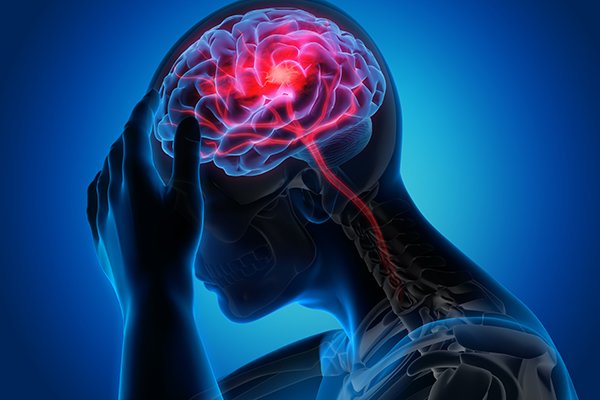Intracerebral Hemorrhage Treatment
Intracerebral hemorrhage (bleeding into the brain tissue) is the second commonest reason for stroke and also the most dangerous.
Blood vessels carry the blood to & from the brain. Arteries or veins will rupture, either from abnormal pressure or abnormal development or trauma. The blood itself will harm the brain tissue. Furthermore, the additional blood within the brain might increase the pressure inside the bone to a degree that any damages the brain.

ICH is most ordinarily caused by:
- Hypertension is a chronic high vital sign that causes changes to the arteries of the brain which might build them way more possible to rupture.
- Age is additional common when the age of fifty-five, with the buildup of macromolecule within the walls of arteries, known as amyloid pathology.
- Gender is additional common in men.
- Race affects African Americans and Asians quite whites; possibly associated with higher prevalence of cardiovascular disease in those races.
- The previous history of stroke will increase risks twenty-three times.
- Alcohol use and street medication cocaine, amphetamines increase risk.
- Liver malady will increase risk thanks to problems with clotting.
- Use of blood thinners.
- The primary brain causes tumors, tube-shaped structure anomalies, infection, and canal occlusion.
If left alone, the brain can eventually re-absorb the clot. The harm done by magnified brain pressure over an extended amount is also irreversible.
Non-surgical treatments include:
- Clotting issue administration, if the patient was on blood thinners;
- Blood pressure control to cut back the risk of additional bleeding; and
- Measuring and dominant ICP.

